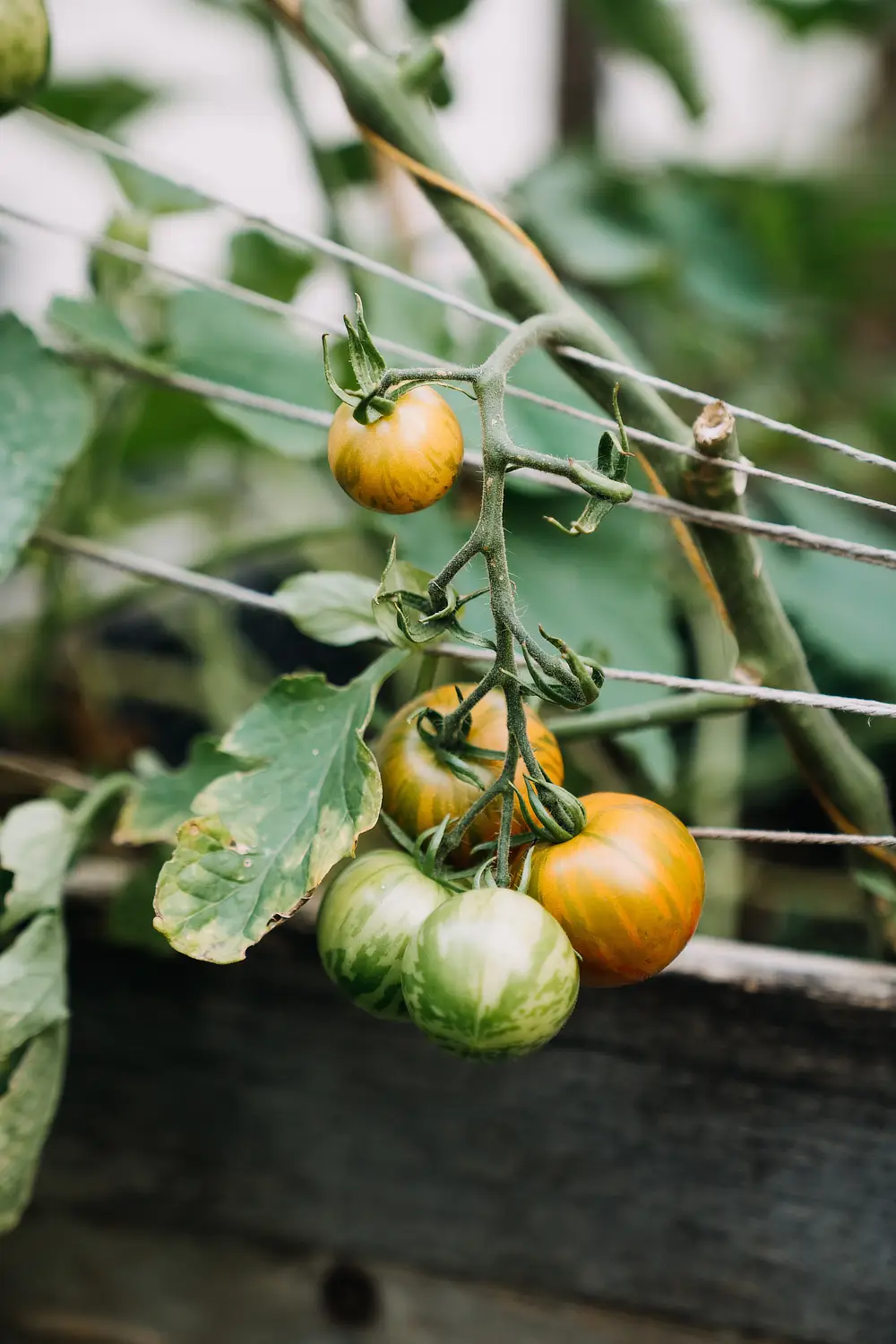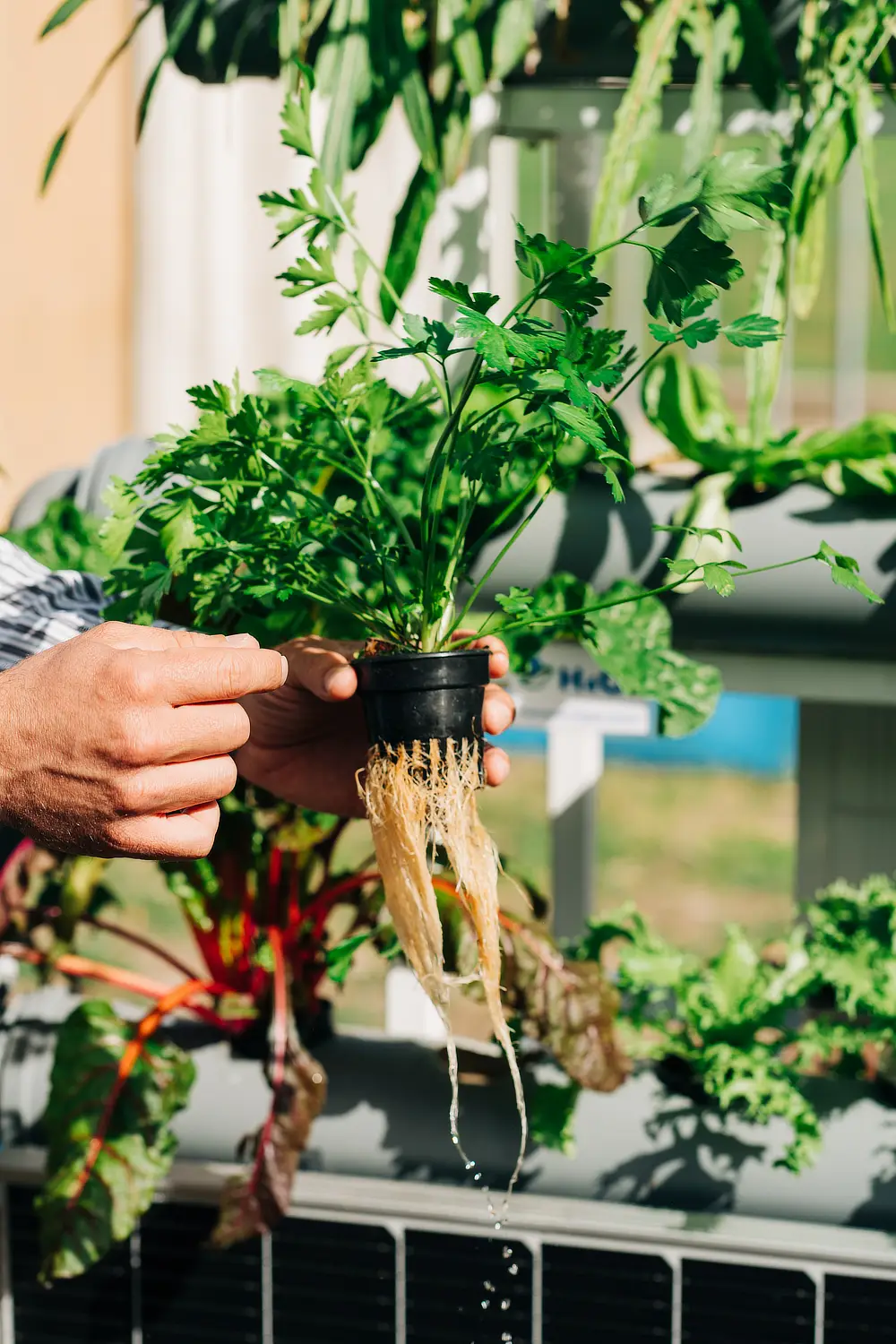Permaculture, a term coined by Bill Mollison and David Holmgren in the 1970s, is a holistic approach to sustainable living and land use design. It revolves around observing and mimicking patterns and features found in nature to create regenerative systems. Permaculture encompasses a set of ethics and design principles that aim to promote harmonious coexistence with the environment while ensuring abundant yields. This may seem all too much, a touch ‘hippy’ or simply too hard work but it can easily be implemented in the home garden.
Before you go out and start changing your garden you need to understand the three fundamental ethics that guide the practitioners of Permaculture.
- Care for the Earth: The first ethic emphasizes the importance of caring for the Earth and all living beings. It urges us to respect and protect the planet’s natural systems, acknowledging that our well-being is intricately linked to the health of the Earth.
- Care for People: The second ethic underlines the need to care for people and communities. It advocates for equitable distribution of resources and ensuring that everyone has access to basic needs, fostering cooperation, and supporting local communities.
- Fair Share (or Return of Surplus): The third ethic emphasizes the fair distribution of surplus resources, emphasising the importance of not exploiting or hoarding more than one’s fair share.
Permaculture follows a set of 12 design principles, which are the core framework for creating sustainable and efficient systems. These principles are highly adaptable and can be applied in various settings throughout the garden.
Observe and interact by carrying out a detailed site analysis. Before initiating any garden design, carefully observe the natural patterns, flows, and needs of the site. Understanding these elements will enable you to interact with the environment effectively. Assess sunlight, wind patterns, water movement, and existing flora and fauna in your garden space.
Catch and store energy by efficiently utilising and storing energy within the garden by employing techniques like harvesting rainwater, using solar panels, and storing excess garden produce for future use as compost. Implementing these practices will quickly reduce dependency on external resources.
Obtain a yield by designing your garden to yield a variety of crops and other benefits. Aim for a diverse range of plants that provide food, medicine, fibre, and aesthetic appeal such as flowers you can cut and bring into the house. This ensures that your garden serves multiple purposes and generates tangible returns.
All good gardeners know the next one and that is accept feedback. Continuously monitor and adjust your garden based on feedback from the environment and its performance. Adapting and regulating your practices ensures a sustainable and thriving garden in the long run. With this you also need to accept what you can’t grow and stop trying as hard as that might be!
Use and Value Renewable Resources and Services. Prioritise the use of renewable resources, such as sunlight, wind, and organic matter, in your garden design. Incorporate techniques like composting and utilizing plant residues to enhance soil fertility. If building a new feature look for recycled materials or repurpose existing things in your own garden.
Strive to minimize waste by composting, recycling, and reusing materials. Utilize every part of a plant or resource to its fullest potential, leaving no room for unnecessary waste. You’ll need to plan an area for composting to really make this one work and it can’t be an afterthought.
Start large and design from patterns and then get into the details. Start your garden design by observing and understanding the larger patterns present in nature and your landscape. Divide the garden into zones based on frequency of use and plant requirements, with Zone 1 being the most frequently accessed area. Analyse sectors, such as prevailing winds, sunlight patterns, and noise, to inform placement of various elements within the garden. Then, gradually focus on the specific details, ensuring they align with the observed patterns for a cohesive and efficient design.
Integrating rather than segregating is all about plant companions so go for plants that complement each other and perform multiple functions like pest control, nitrogen fixation, and even shade provision.
Don’t go too quickly with your newfound eco outlook, begin with small, manageable steps and gradually expand and evolve your garden design. Implement changes at a pace that allows for effective observation, learning, and adaptation.
Use and value diversity by encouraging biodiversity in your garden by cultivating a wide range of plant species. A diverse ecosystem enhances resilience, productivity, and stability, ultimately benefiting both the garden and its surrounding environment.
Use all the garden space including edges and put value in the marginal. Maximize the utilization of edges, such as the borders between different garden zones, to increase diversity and productivity. These transitional spaces often have unique conditions that support a variety of plants and wildlife.
Be flexible and open to change, adapting your garden design as needed to respond to evolving conditions and challenges. Embrace innovative solutions and continuously improve your garden based on experiences and new knowledge.
You don’t need a complete overhaul of your garden to implement a few of these changes that will make your garden more resilient, higher yielding and better for the environment.


